Letter of Instruction Upon Death Template Guide
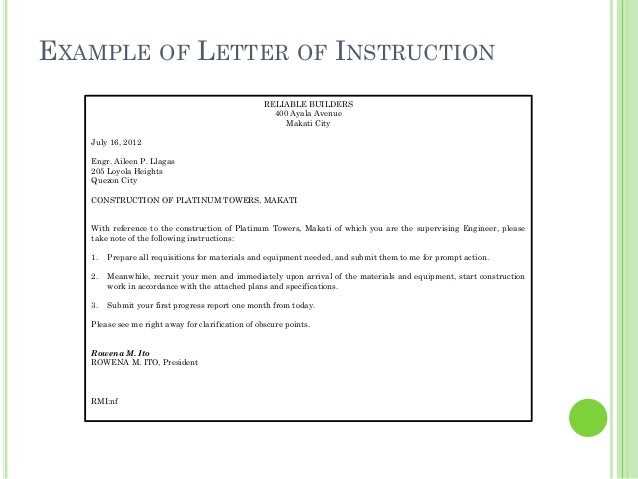
When planning for the future, it’s important to ensure that your final wishes are clearly communicated to your loved ones. A well-organized document can help clarify your intentions regarding personal matters, financial assets, and responsibilities, giving those who remain a clear understanding of your preferences.
Key Components to Include
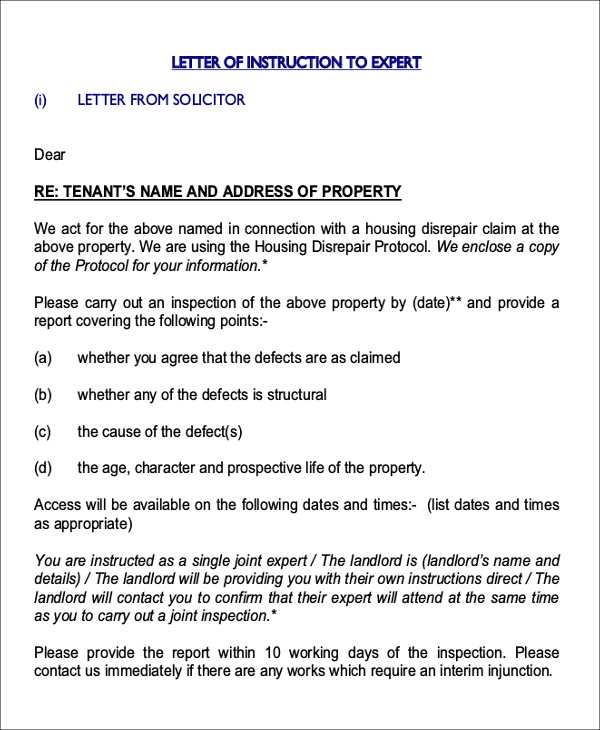
While creating a document for after your passing, it’s essential to cover several important areas. Each section should be concise, direct, and detailed enough to avoid confusion.
- Personal Information: Include your full name, contact details, and any other identifying information.
- Asset Distribution: Clarify how personal and financial assets should be divided among family members, friends, or organizations.
- Funeral Wishes: Specify your preferences for funeral arrangements, including the type of ceremony, location, and specific requests.
- Healthcare Directives: If applicable, provide instructions regarding medical care or life-support decisions in the event you are unable to communicate them.
How to Personalize the Document
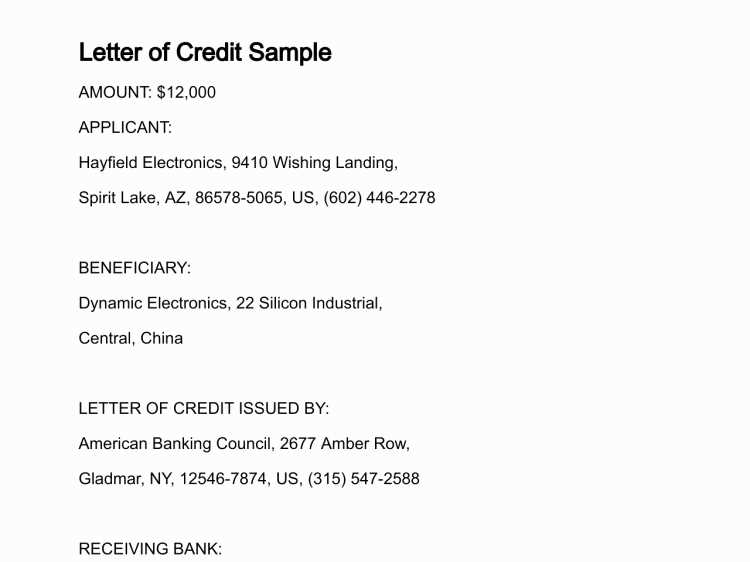
Personalization allows you to express your specific desires. Customize the language, tone, and structure to reflect your values. Make sure to address unique situations that may not be covered by legal documents, ensuring your voice is heard in matters that matter most to you.
Legal and Practical Considerations
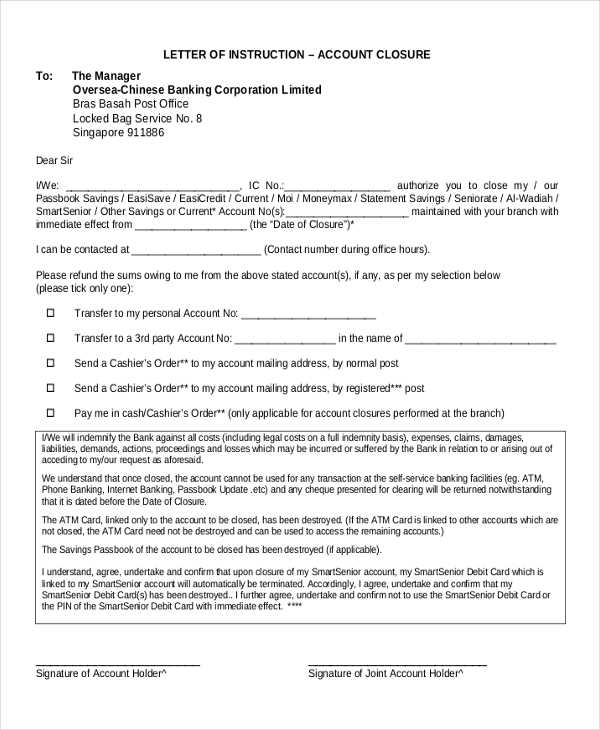
While creating this document is vital, it’s also important to ensure it aligns with legal requirements. Consult with a legal professional to ensure your directions are enforceable and clear. Also, keep in mind that you may need to update it periodically as circumstances change, such as financial updates or shifts in personal relationships.
When to Share Your Document
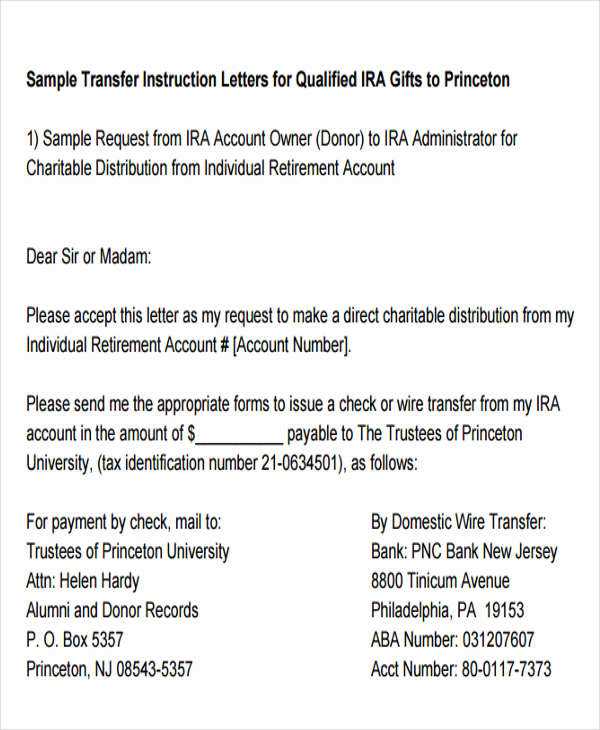
Once the document is created, it’s crucial to share it with the relevant people. This may include your family members, attorney, or anyone responsible for carrying out your wishes. Make sure they know where the document is stored and how to access it when necessary.
Advantages of Having a Clear Directive
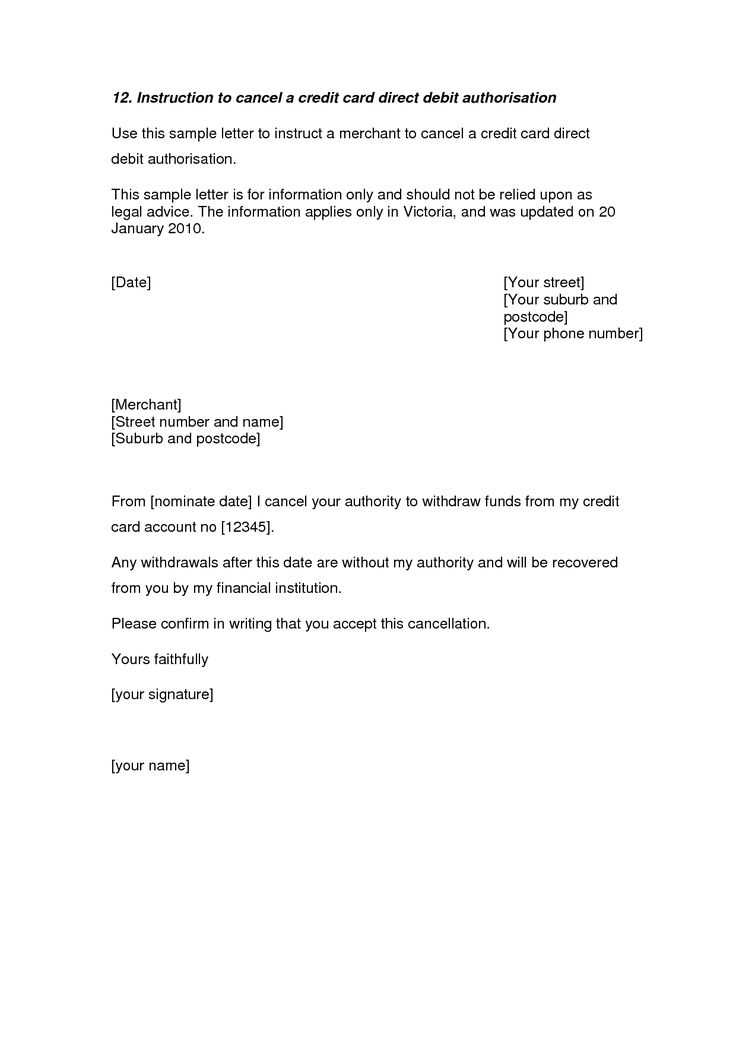
Having a detailed set of instructions in place provides peace of mind for both you and your loved ones. It helps prevent confusion, reduces emotional stress during a difficult time, and ensures that your desires are carried out as intended. This proactive approach can be invaluable in making challenging situations more manageable.
Guidelines for Posthumous Directives and Wishes
Creating a document that clearly outlines your preferences for the future is an essential step in ensuring your wishes are respected. This comprehensive outline provides clarity for your loved ones and ensures that important decisions are made according to your intentions, even in your absence.
What is this Type of Document?
This type of written directive serves as a roadmap for your family, detailing how you wish for personal matters to be handled. It provides guidance on various aspects such as asset division, healthcare decisions, and funeral arrangements. The goal is to leave clear instructions to minimize uncertainty for those left behind.
Key Elements to Include in the Document
When crafting this important document, it’s crucial to include several key sections to cover all necessary aspects:
- Personal Information: Ensure that your full name, date of birth, and other relevant details are included for identification purposes.
- Asset Allocation: Specify how your personal belongings, property, and financial assets should be distributed.
- Healthcare Wishes: Indicate your preferences for medical treatment, life support, or organ donation, if relevant.
- Funeral Preferences: Describe any specific desires for your funeral or memorial service, including any special arrangements you would like made.
How to Tailor Your Directive
Personalizing your document ensures that your values and wishes are clearly reflected. Use language that accurately conveys your desires and make sure to address any unique circumstances that may require specific guidance. Customizing this document makes it more meaningful and useful to those who must act on it.
Legal Considerations to Keep in Mind
Although these instructions are essential, it’s important to ensure they meet legal standards. Consult with a legal expert to make sure your document is valid and enforceable. This ensures that your instructions can be followed with certainty, without legal challenges arising after your passing.
Distributing the Document
Once your instructions are complete, it’s vital to share them with the people who will be responsible for carrying them out. This can include family members, an attorney, or the executor of your estate. Be sure they know where to find it and how to use it effectively when needed.
Benefits of Having a Clear Directive
By creating this document, you can offer peace of mind to your family and friends. It ensures that your wishes are known and respected, reduces potential conflicts, and helps ease the burden on those who must make difficult decisions on your behalf. Taking the time to craft a thoughtful directive can make a significant difference in a challenging time.